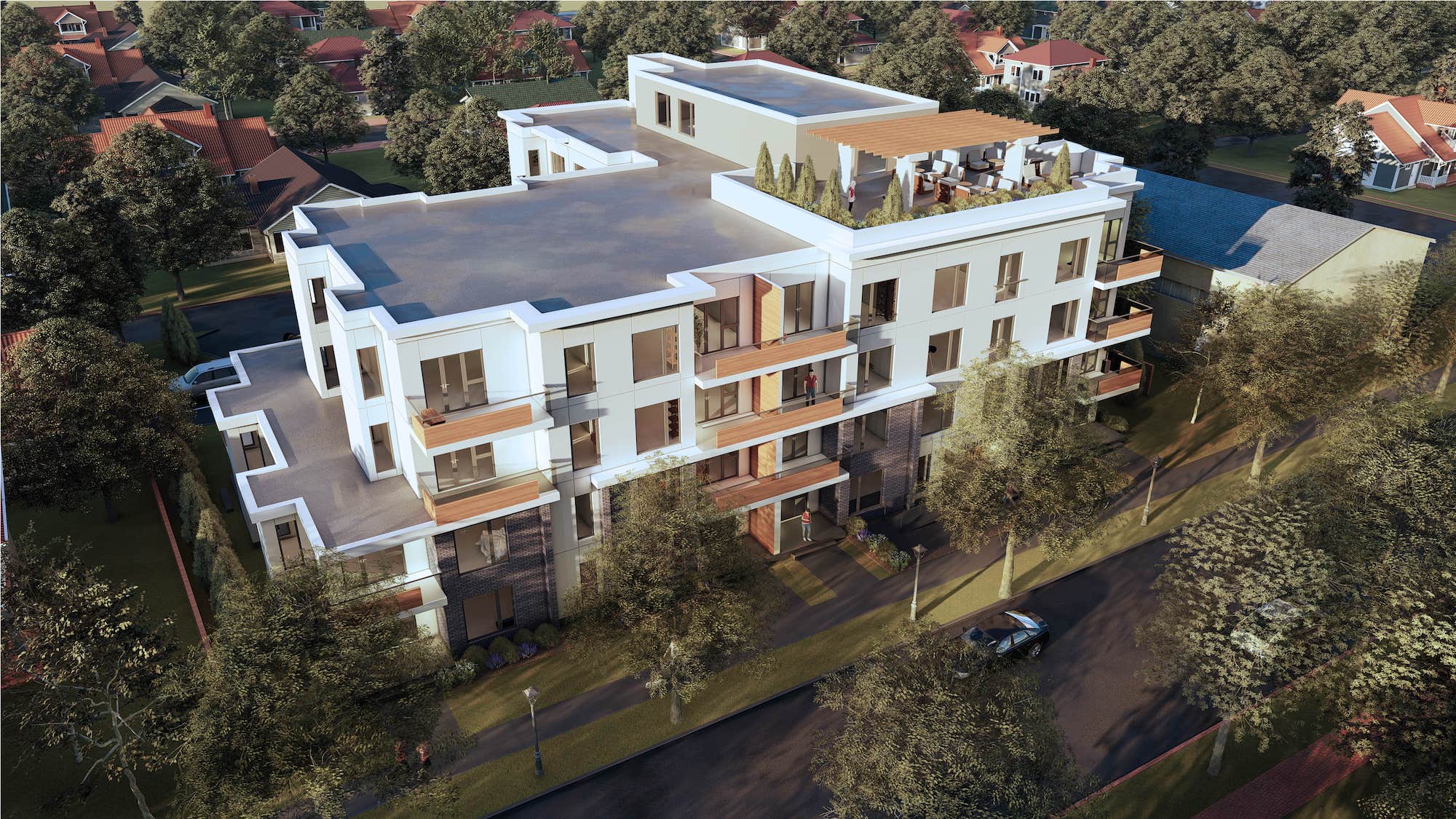Owners of non-residential buildings who are seeking heritage designation can now apply for an exemption from tax increases of up to $50,000 per year for 10 years.
To qualify for the exemption, building owners must invest a minimum of $100,000 in the rehabilitation and restoration of the property.
“It can be expensive for owners of non-residential properties to renovate their heritage properties,” said Scott Ashe, heritage planner for the City of Edmonton. “Sometimes it's easier and more profitable to tear the building down and put something else in its place. We hope this new incentive will help building owners make the decision to rehabilitate heritage buildings, and preserve Edmonton’s history.”
Currently, designated, non-residential heritage properties are eligible for a one-time grant of up to 50 per cent of eligible rehabilitation and restoration costs to a maximum of $500,000. The tax exemption will be in addition to these grant funds.
In order to qualify, the non-residential heritage property must be included on the City’s inventory of historic buildings.
The City’s Historic Resource Management Plan outlines the City’s mission to identify, protect and promote the preservation and use of historic resources. Since the plan was initiated in 1985, 170 properties have been designated, with more designations planned in the future.







